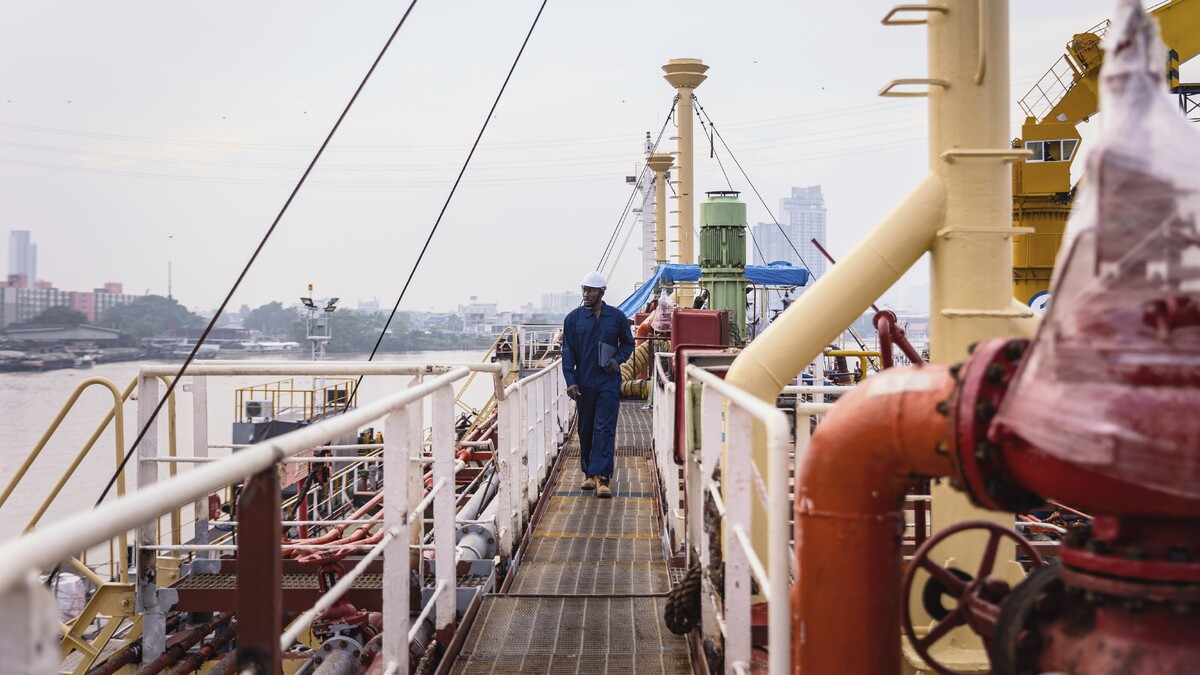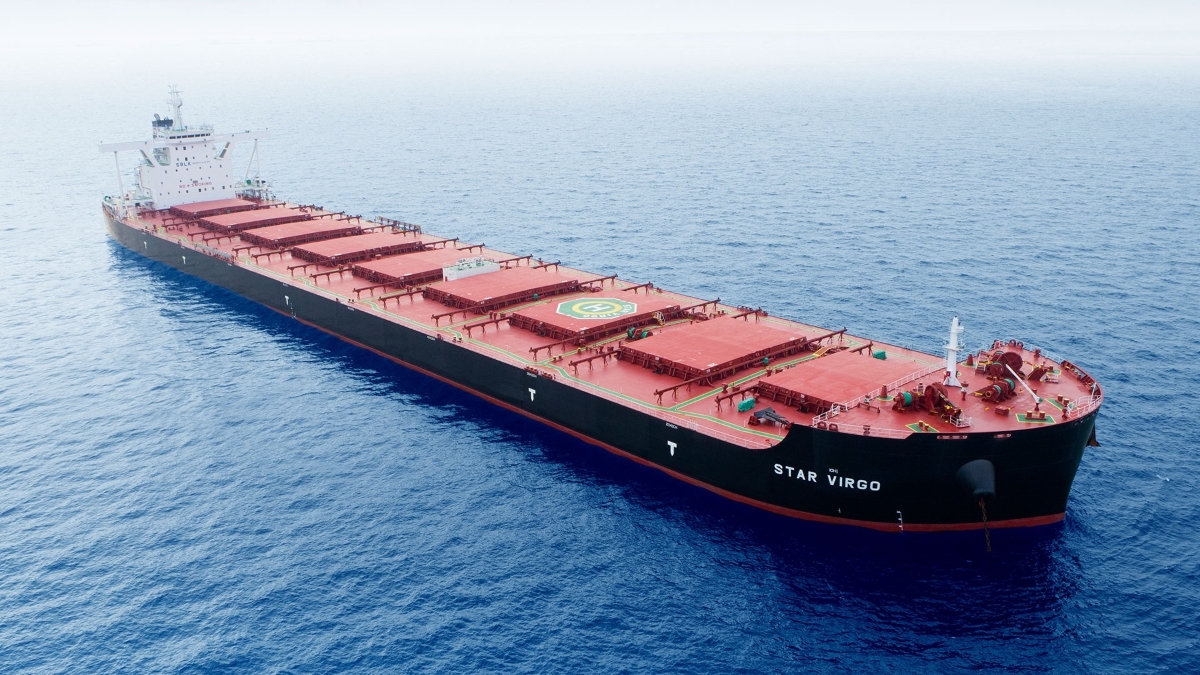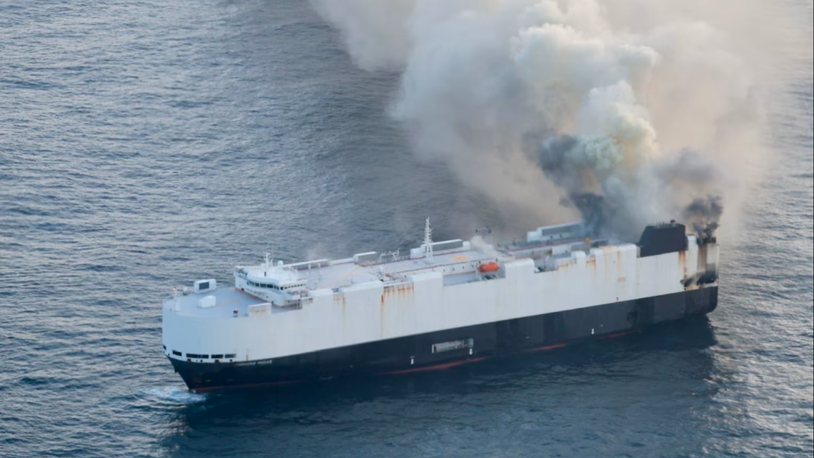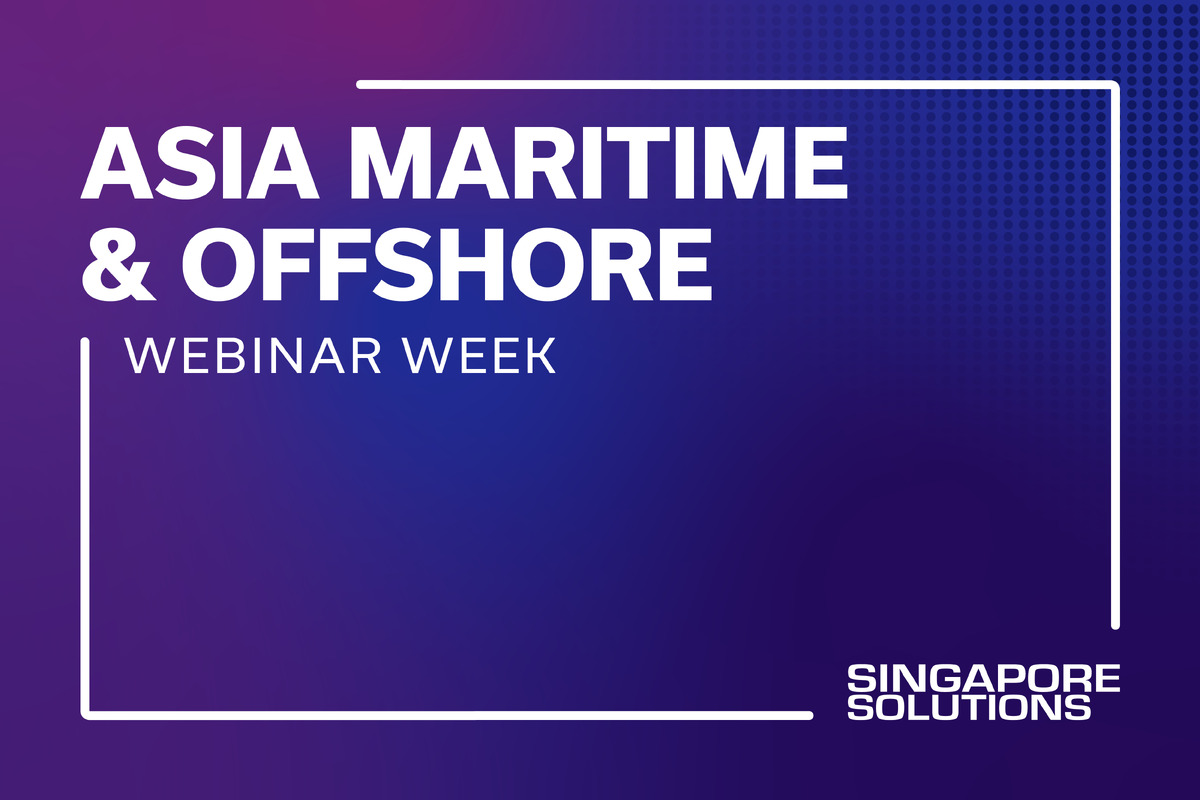Business Sectors
Contents
Register to read more articles.
Dry bulk demand suffers in 2024 with Suez, Panama Canal transit drop
Global dry bulk trade faced significant challenges in 2024, as climate phenomena and geopolitical tensions disrupted major shipping routes, impacting demand dynamics
Shipbroker Howe Robinson Partners noted in a recent analysis that water shortages caused by the La Niña weather pattern were the primary driver behind reduced dry cargo traffic through the Panama Canal. In 2024, only 1,392 vessels transited this vital route – approximately 700 fewer than in 2023.
The impact was even more pronounced in the Red Sea, where the ongoing crisis drastically reduced transit through the Bab el-Mandeb Strait. Just 2,754 bulk carriers passed through in 2024, a stark 54% decline from 5,994 vessels in 2023. Certain trades that traditionally relied on the Suez, such as Canadian iron ore shipments to the Far East and coal exports from the US East Coast to India, were rerouted via the Cape of Good Hope, Howe Robinson noted.
This rerouteing initially boosted tonne-mile demand as vessels travelled longer distances. However, as the year progressed, Asian importers began sourcing minerals from closer regions, ultimately reducing cargo demand.
Modern fleets in the spotlight
The avoidance of the Bab el-Mandeb Strait was not uniform across the industry. Howe Robinson observed that shipowners with modern fleets were more inclined to reroute their vessels around the Cape of Good Hope.
For example, only 288 Kamsarmax bulk carriers transited the Red Sea in 2024 – a 68% year-on-year decline. In contrast, older, conventional Panamaxes saw a comparatively smaller drop of 28%. Similarly, modern Ultramax transits fell by 78% year-on-year, whereas Supramaxes experienced a more moderate decline of 38%.
Russian and Ukrainian exports
Howe Robinson cautions that Bab el-Mandeb transits could decline further in 2025 if the Red Sea security situation does not improve. This projection is partly due to declining dry bulk exports from Russia and Ukraine, key contributors to cargo traffic through the Suez Canal in 2024.
The firm forecasts a 21% year-on-year decrease in Russian grain exports and a 13% decline in Ukrainian grain exports for 2025. “This suggests there could be fewer grain shipments travelling from the Black Sea to southeast Asia and the Far East via Bab el-Mandeb,” analysts stated.
Meanwhile, Russian coal exports are expected to decline by approximately 6% in 2025. Notably, an increasing proportion of Russia’s Atlantic-sourced coal shipments to Asia are being loaded at Baltic ports and transported via the Cape of Good Hope, bypassing the Black Sea altogether.
Sign up for Riviera’s series of technical and operational webinars and conferences:
- Register to attend by visiting our events page.
- Watch recordings from all of our webinars in the webinar library.
Related to this Story
Safe Bulkers reports improved carbon intensity and eyes 'green' technologies
Events
Reefer container market outlook: Trade disruption, demand shifts & the role of technology
Asia Maritime & Offshore Webinar Week 2025
Marine Lubricants Webinar Week 2025
CO2 Shipping & Terminals Conference 2025
© 2024 Riviera Maritime Media Ltd.














